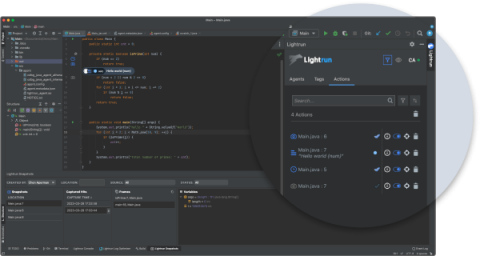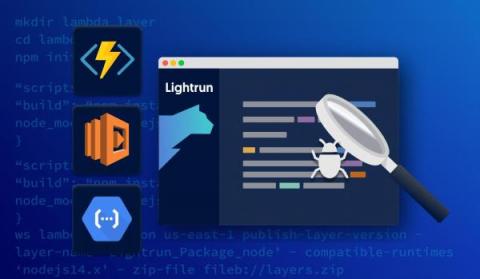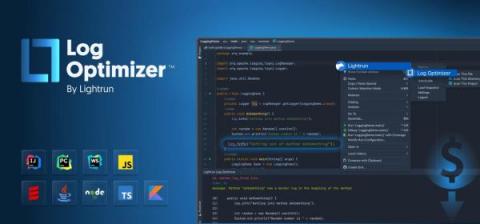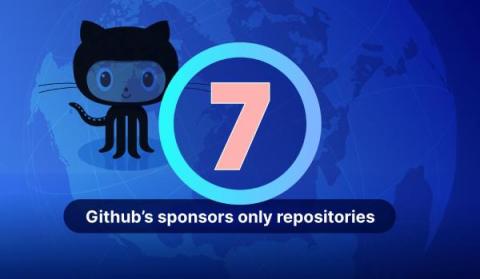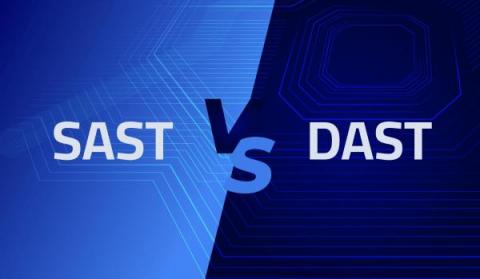Lightrun's Product Updates - Q1 2023
During the past quarter, Lightrun has been busy at work producing a wealth of developer productivity tools and enhancements, aiming for greater troubleshooting of distributed workload applications and cost efficiency. Read more below the main new features as well as the key product enhancements that were released in Q1 of 2023!


